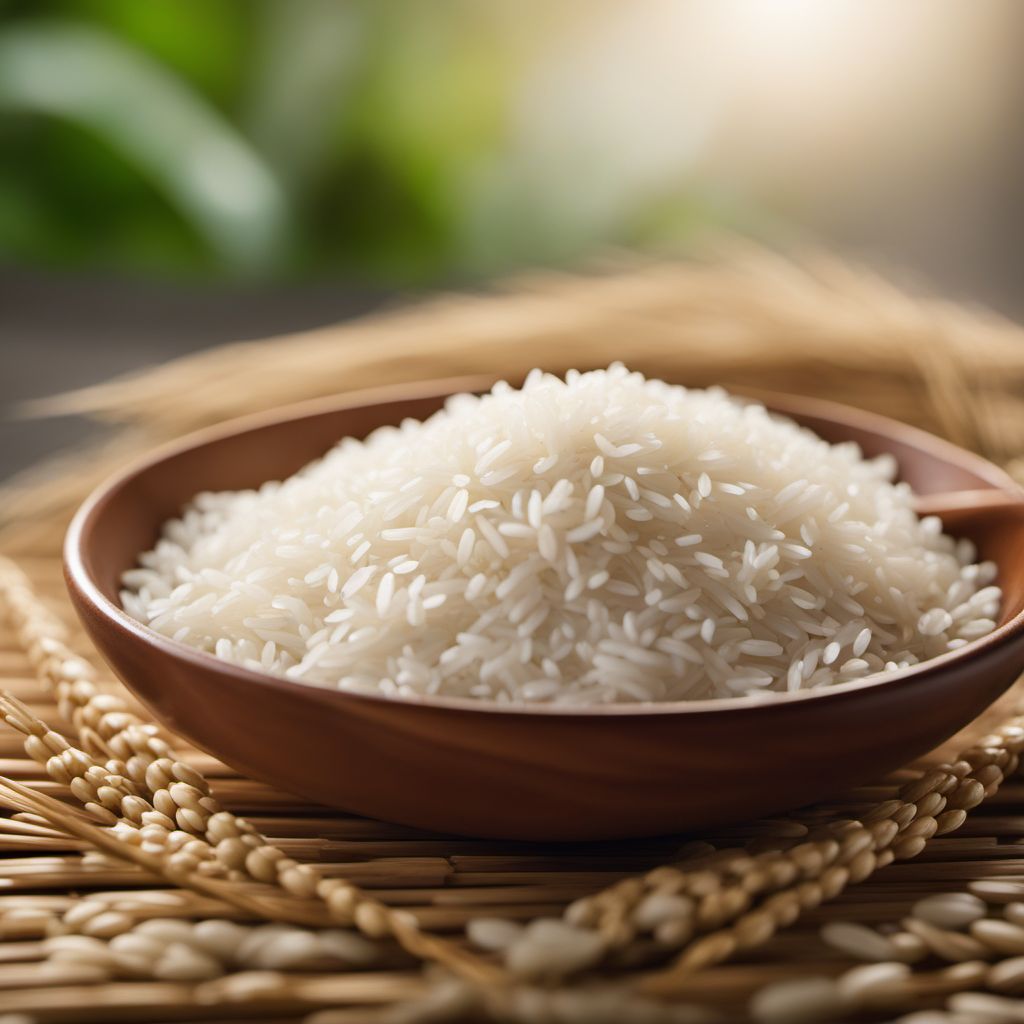
Ingredient
Rice grain
The Versatile Staple: Rice Grain
Rice grain, also known as Oryza sativa, is a small, oval-shaped grain that comes in different varieties such as white, brown, jasmine, and basmati. It has a neutral taste and a slightly chewy texture when cooked. Rice grain is a staple food in many countries and is used in a wide range of dishes, including stir-fries, sushi, pilafs, and rice puddings.
Origins and history
Rice grain has been cultivated for thousands of years and is believed to have originated in Asia, particularly in China and India. It has played a significant role in the development of civilizations and has become a dietary staple for a large portion of the world's population. Rice cultivation techniques spread to other parts of the world through trade and exploration, leading to its global popularity today.
Nutritional information
Rice grain is a good source of carbohydrates and provides essential nutrients such as manganese, selenium, and magnesium. It is low in fat and cholesterol and is gluten-free, making it suitable for individuals with gluten sensitivities or celiac disease.
How to select
When selecting rice grain, look for grains that are clean, dry, and free from any signs of moisture or pests. Opt for varieties that suit your desired dish, such as long-grain rice for pilafs or short-grain rice for sushi. Additionally, consider the cooking time and texture preferences when choosing between white and brown rice.
Storage recommendations
To store rice grain, keep it in a cool, dry place in an airtight container to prevent moisture and pests from affecting its quality. Avoid storing it near strong-smelling ingredients as rice can absorb odors easily. Properly stored, rice grain can maintain its freshness for up to a year.
Preparation tips
To cook rice grain, rinse it under cold water to remove excess starch before cooking. The general ratio for cooking rice is 1 cup of rice to 2 cups of water, but it may vary depending on the desired texture. Use a rice cooker or stovetop method to cook the rice until it is tender and fluffy. For added flavor, cook rice in broth or add herbs and spices during the cooking process. Rice grain can be used as a side dish, a base for stir-fries, or as an ingredient in various rice-based dishes like risotto or rice pudding.
Substitutions
Quinoa can be used as a substitute for rice grain, offering a similar texture and versatility. Cauliflower rice is a low-carb alternative that can be used in place of rice grain for those following a specific diet. However, keep in mind that the flavor and texture may differ from traditional rice grain.
Culinary uses
Rice grain is a staple ingredient in many cuisines around the world. It is commonly used in Asian dishes such as fried rice, sushi, and curries. In Western cuisines, rice grain is often served as a side dish or used as a base for dishes like pilafs and risottos. It is also a key ingredient in desserts like rice pudding and rice cakes.
Availability
Rice grain is widely available in grocery stores, supermarkets, and specialty food stores worldwide. It is cultivated in many countries, including China, India, Thailand, Vietnam, and the United States.
More ingredients from this category

Rice grain, polished
The Shining Jewel of Grains

Rice grain, red
The Vibrant and Nutritious Red Rice Grain
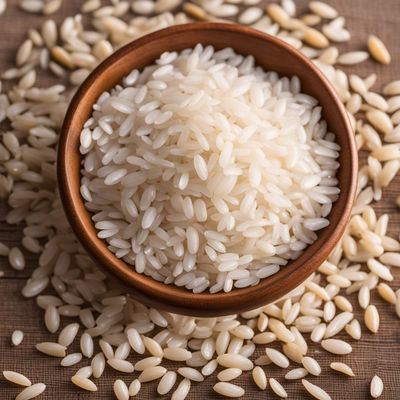
Rice grain, mixed
The Versatile Grain
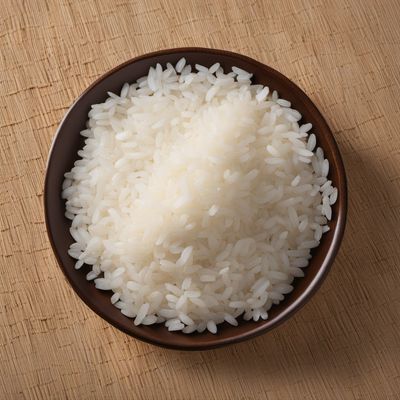
Rice grain, glutinous
The Sticky Wonder: Unveiling the Versatility of Glutinous Rice
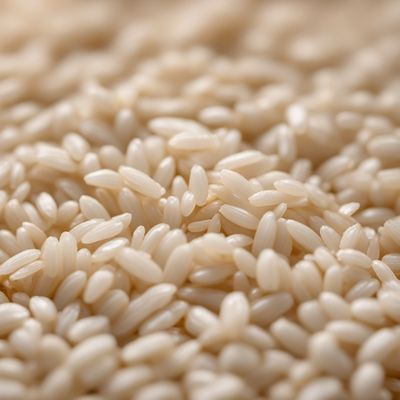
Rice grain, parboiled
The Golden Grain: Unlocking the Secrets of Parboiled Rice
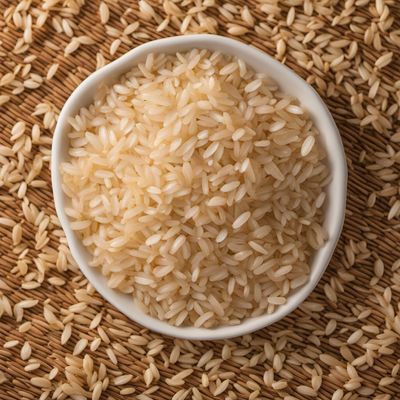
Rice grain, brown
The Nutrient-Packed Grain: Brown Rice
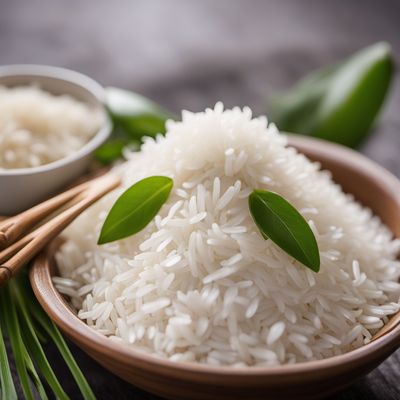
Rice grain, long-grain
The Elegance of Long-Grain Rice
Recipes using Rice grain » Browse all

California Shaiyah
Sun-kissed Shaiyah: A Californian Twist on a Yemeni Classic
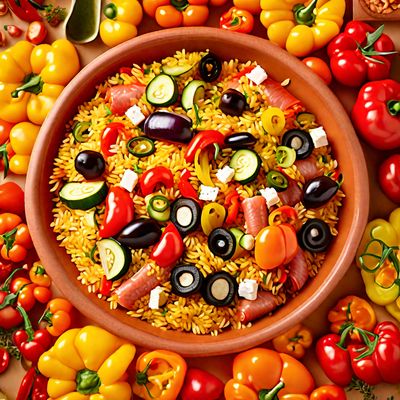
Greek-style Paella
Mediterranean Delight: Greek-style Paella
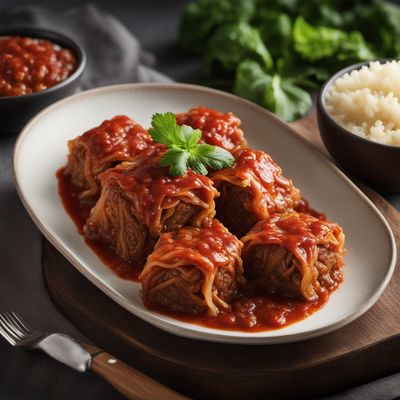
Swedish Stuffed Cabbage Rolls
Savory Delights: Swedish Stuffed Cabbage Rolls
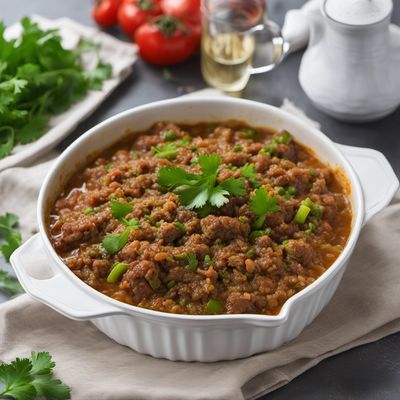
Macedonian-style Stuffed Celery
Macedonian Delight: Stuffed Celery with a Twist

Bosnian-style Nasi Goreng
Bosnian Twist on Indonesian Fried Rice
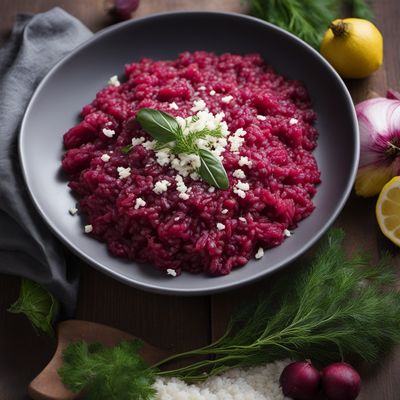
Greek-American Style Beet Risotto
Mediterranean Beet Risotto: A Fusion of Greek and American Flavors
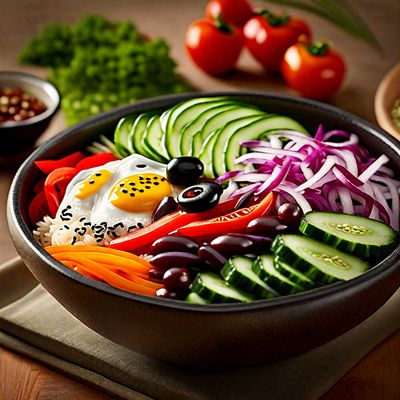
Greek-style Bibimbap
Mediterranean Medley: Greek-inspired Bibimbap

Pulagam - Traditional Indian Rice Porridge
Soulful Comfort: Pulagam - A Hearty Indian Rice Porridge

Molecular Sushi
Sushi Reimagined: A Molecular Gastronomy Twist

Greek Lemon and Herb Rice (Prasorizo)
Mediterranean Sunshine Rice: A Burst of Greek Flavors

Asturian-style Morcilla de Burgos
Asturian Black Pudding Delight
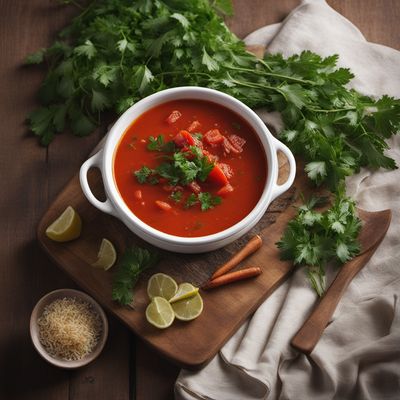
Bosnian Delight Soup
Savor the Richness: Bosnian Delight Soup